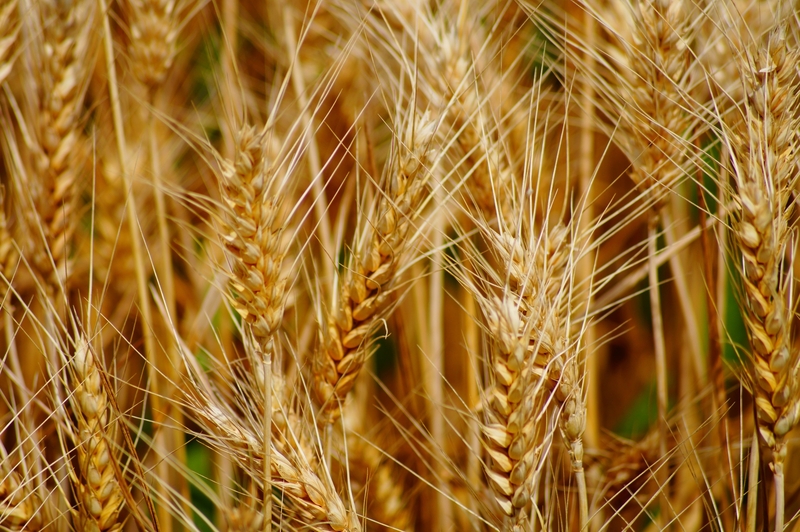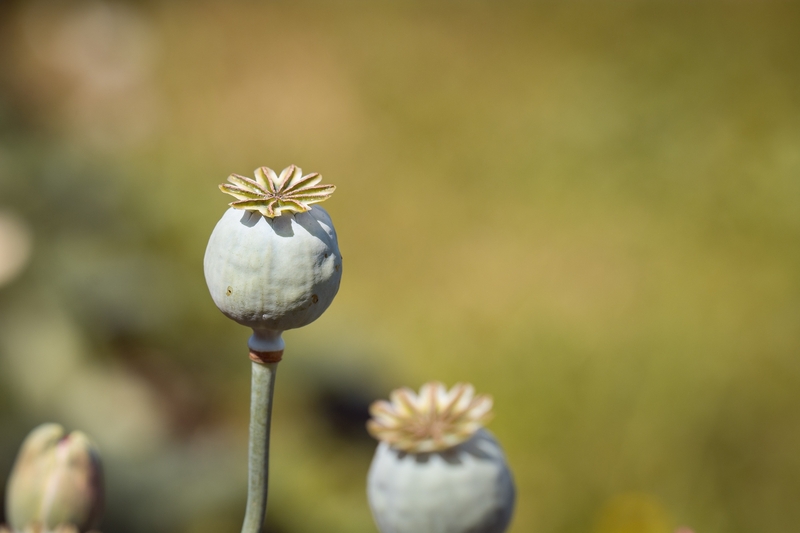- Home
- The region
- Agriculture
- Cultivated species
Edible plants
Neolithic populations fed themselves in large part by growing cereals (wheat, barley) and leguminous plants (peas).
At Chalain and Clairvaux, cereal pollens are so numerous in the villages that they often mask the development of the natural vegetal covering. Peas, a plant that increases the nitrogen level of the soil, were particularly prized in the 31st-30th centuries, when the population density was at its highest and the cycles of abandoning fields in the forest had slowed.
Ears of wheat.
In addition to these plants whose cultivation was organized, the humble winter cherry seemed to have a hybrid status somewhere between a grown and a gathered plant.
Physalis alkekengi is known today for the decorative value of its bright orange capsules that contain a berry particularly rich in vitamin C. It grows in the wild, of course, but it tends to spread quickly on cultivated lands that have been abandoned. It was eaten in large quantities at Chalain and Clairvaux.
Winter cherry
Non-edible plants
In addition to the cereals that were both the basis of the Neolithic diet and a means of social control through the use of granaries, particular care was given to non-edible plants (except possibly grains that produce oils).
This is the case of the opium poppy, grains from which were found in great quantities in certain villages. We cannot claim with any certainty that the plant's latex was used to make opium, but this western Mediterranean plant was distributed among the cultivators very early, and accompanied them throughout their history, at least as far as the end of the Bronze Age.
As for the linen plant, its fibers were used to make textiles that were not for everyday use, but reserved for festive and ceremonial occasions.
Poppy capsules.



